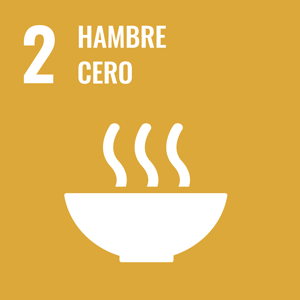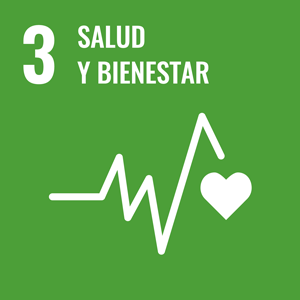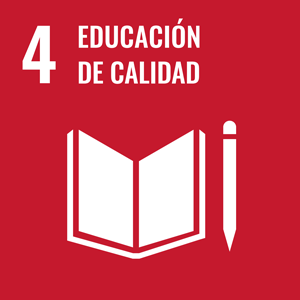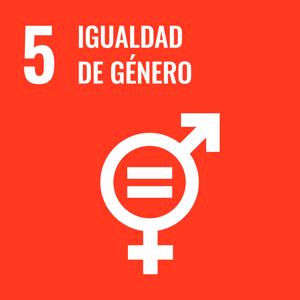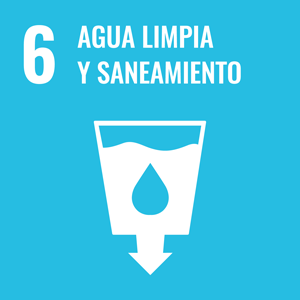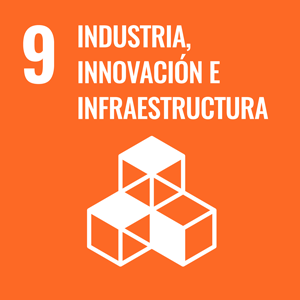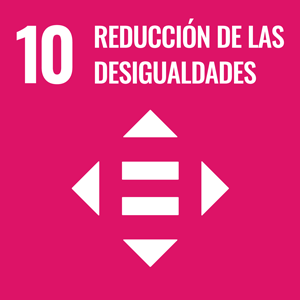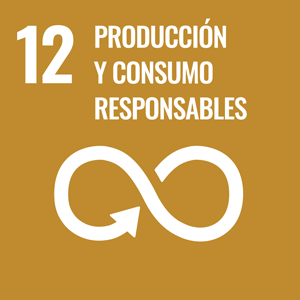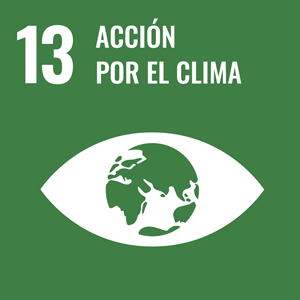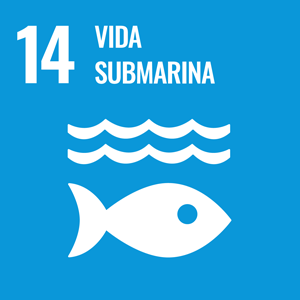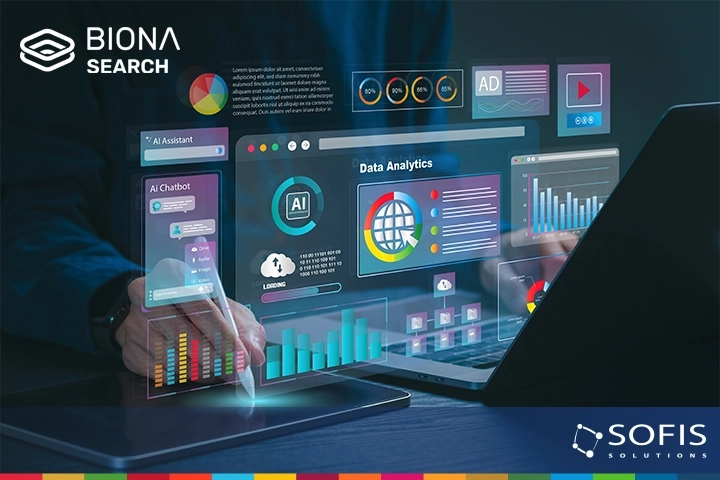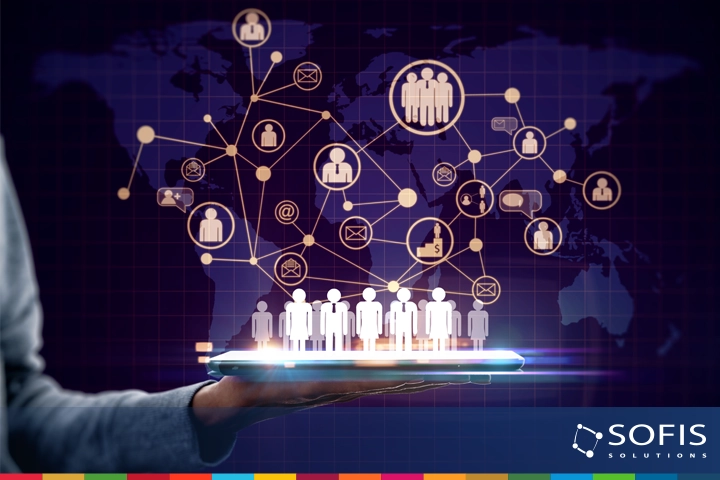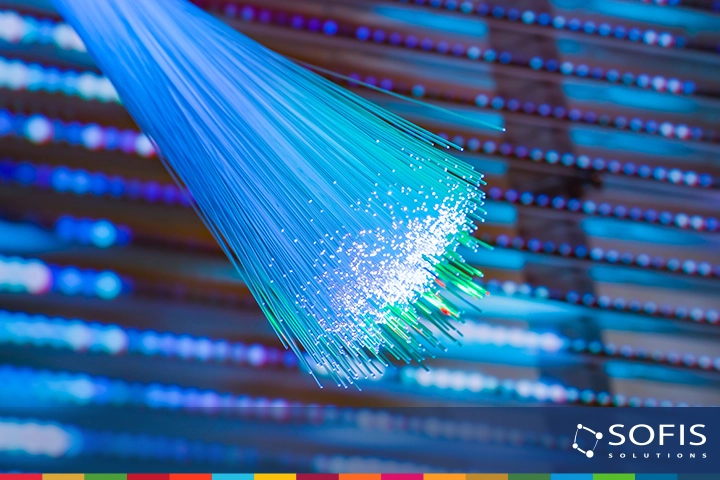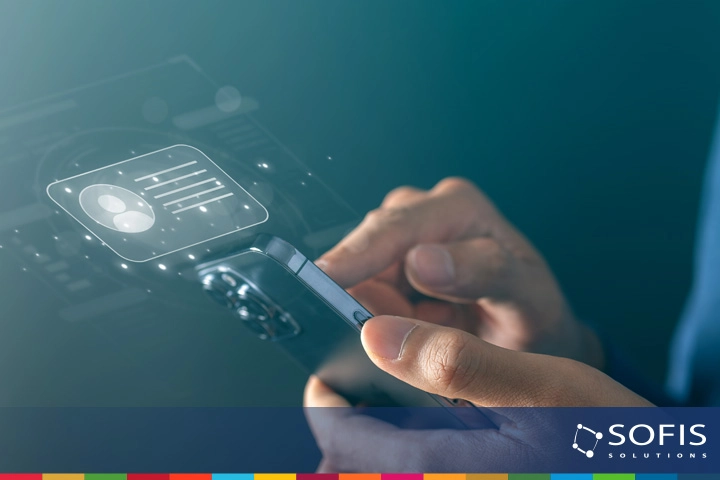-
Who we are
-
-
StrategyMission
To solve the challenges of organizations and communities through intelligent, secure, sustainable, and people-centered solutions, so they generate real value in their social and productive contexts.
VisionTo be the chosen company by organizations seeking to innovate with quality, purpose, and trust in the intelligent era.
Learn moreValues- Ethics and transparency
- Professionalism
- Respect
- Honesty
- Innovation
- Responsibility
- Effectiveness
- Integrity
- Customer orientation
- Punctuality
-
-
-
History
Sofis Solutions was born in 2005, in the city of Montevideo - Uruguay.
Since its inception, the main driver was and remains quality. This applies to processes, products, and relationships with the environment.The internationalization of the company It was one of the founding objectives. In the first stage, it expanded from Uruguay, and in the second stage, it opened offices in Latin American countries. Currently, it has offices in Montevideo, Panama, El Salvador and Ecuador.

-
-
-
Alliances



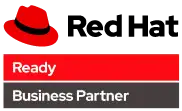

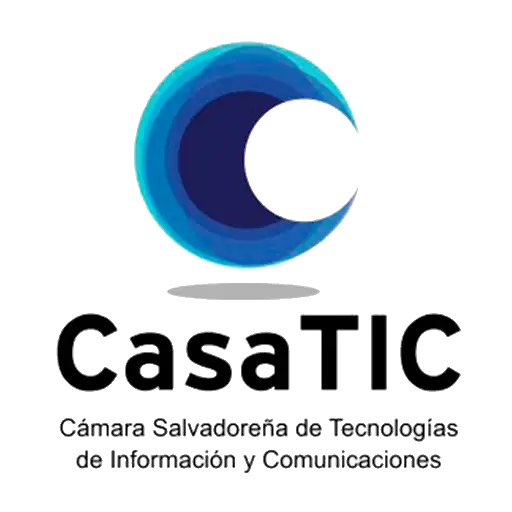
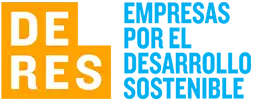

-
-
-
Certifications

CMMI-DEV-3
More informationNational Quality Award
More informationISO 9001:2015
Quality Management SystemISO 37001:2016
Anti-Bribery Management SystemISO 14001:2015
Environmental Management System
-
-
-
SustainabilityLearn more
Sofis Solutions integrates environmental, social, and governance (ESG) principles into its management and operations, driving sustainability through Digital Transformation. Its strategic approach prioritizes energy efficiency, digital inclusion, and transparency in digital governance, contributing to the responsible development of organizations.

-
-
-
What we do
-
-
IT projectsLearn moreAt our Software Factory, we specialize in providing software development solutions with a focus on excellence and sustainability.
-
-
-
Software qualityOur software quality services comprehensively address the aspects or dimensions of software quality, addressing this approach throughout the entire software development cycle.
- Manual and automated functional suitability testing
- Performance testing
- Software product quality
- Software quality consulting
Learn more
-
-
-
Staff AugmentationLearn moreWhat is IT Staff Augmentation? IT Staff Augmentation is a specialized technical staffing model that enables organizations to increase their agility and respond to the changing technological needs of the market.
-
-
-
ConsultancyIn the public sector, strategic decisions and projects with citizen-centered designs and excellence have the power to transform entire communities.Learn more
-
-
-
BIonA SuiteBIonA Suite is a comprehensive platform for the intelligent management of processes and services in public and private organizations. BIonA Suite facilitates smart transformation with a focus on public value and user experience. Learn more
-
-
-
Projects
-
-
Recent projects
 FOCAL Regional StudyFOCAL - El Salvador
FOCAL Regional StudyFOCAL - El Salvador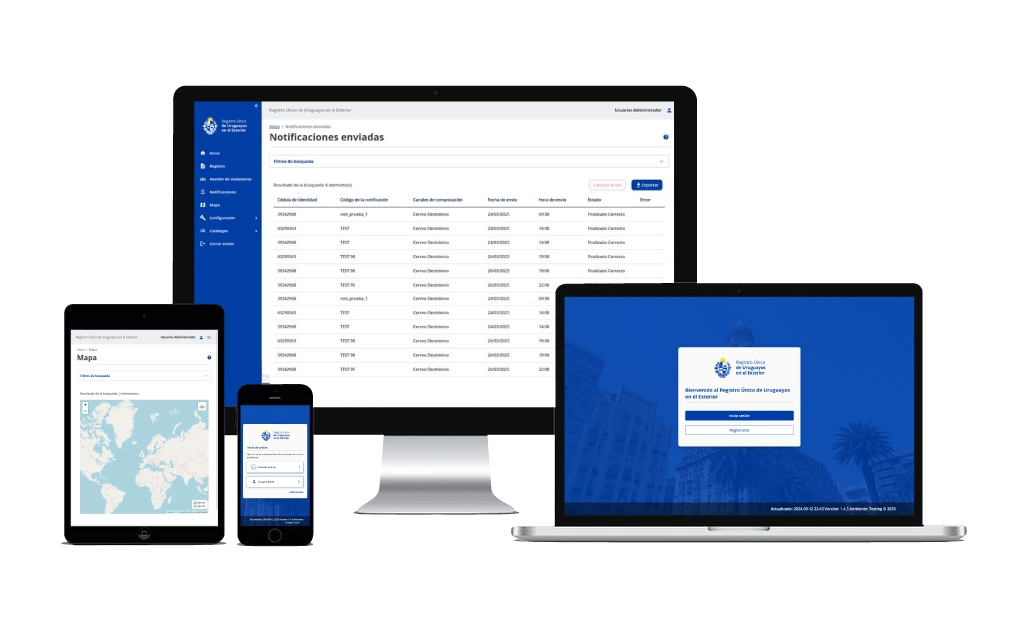 Single Registry of Uruguayans AbroadMinistry of Foreign Affairs - Uruguay
Single Registry of Uruguayans AbroadMinistry of Foreign Affairs - Uruguay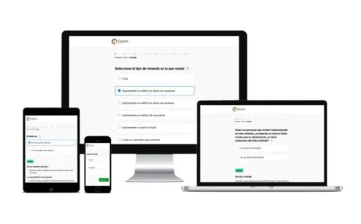 Population and Housing Census 2023National Institute of Statistics - Uruguay
Population and Housing Census 2023National Institute of Statistics - Uruguay
-
-
-
Digital Public InfrastructureWhat are Digital Public Platforms?ProjectsProducts
-
-
-
-
Mobile applicationsWe create hybrid, native, and PWA solutions for devices with Android and iOS operating systems.
Some of our projects:Digital Patrols, Ecuadorian Bovine Information System, Easy Budget UY, Digital Portfolio, SIGES Teachers App, SIGES Parents App.
Learn more
-
-
-
FOCAL regional studyThe purpose of the study was to carry out a regional analysis with the objective of identifying and evaluating the maturity level of the member countries of the Latin American Government Accounting Forum (FOCAL), currently composed of Argentina, Bolivia, Brazil, Chile, Colombia, Costa Rica, Ecuador, El Salvador, Guatemala, Honduras, Mexico, Nicaragua, Panama, Paraguay, Peru, Dominican Republic, Uruguay and Venezuela.Learn more
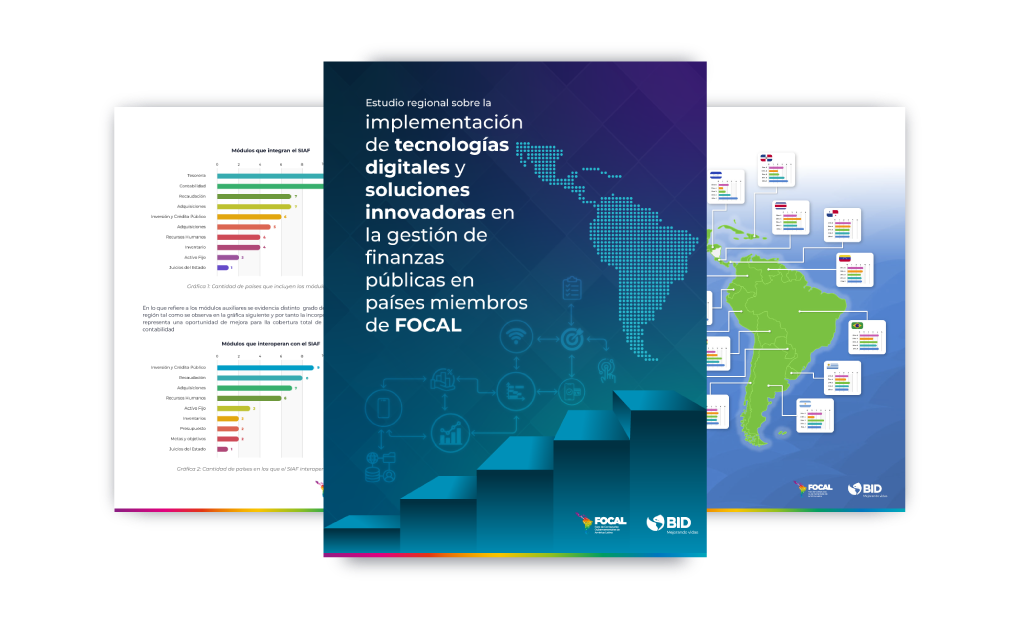
-
-
- AI
-
-
Artificial IntelligenceLearn moreAdvanced Artificial Intelligence (AI) and Big Data solutions that transform the way organizations make decisions and optimize their operations. We specialize in the development of intelligent autonomous agents and generative AI solutions using large language models (LLMs), both on local infrastructure and in the cloud.
-
- Press Room
-
-
Sustainable development
-
- Innovation
-
-
#GreenSofisMore information
Methodology
#GreenSofisSustainable Digital Transformation Conference
#GreenPath
-
-
-
AI For Everything
It is an initiative by Sofis Solutions, from the Intelligent Solutions Division, that promotes the adoption of artificial intelligence as a key driver of efficiency and effectiveness in the intelligent era.
It integrates both administrative and operational processes, promoting an organizational evolution where technology amplifies knowledge, optimizes decision-making, and generates value in a sustainable and inclusive way.
More information
-
- Contact us
- ES PT-PT
-

How Eco-Friendly Java Applications Using Quarkus Contribute to Environmental Sustainability
Montevideo, July 15, 2024.
According to Greenpeace's 2017 Clicking Clean Report, the Information Technology (IT) industry accounts for 7% of global energy consumption. Companies in the IT sector have made significant commitments to prioritizing the use of renewable energy and reducing carbon emissions. Sofis Solutions, as a service company with a strong focus on custom software development, seeks to contribute to the reduction of the carbon footprint. To achieve this, it applies principles, activities, and tools throughout the software development lifecycle.
In this context, and as part of its sustainable strategy, Sofis Solutions introduced the #GreenSofis initiative, which aims to define and develop best practices, methodologies, tools, and recommendations for incorporating sustainability aspects into the software development process, addressing environmental, social, and governance factors.
Through this initiative, the company integrates sustainable practices into project management and software lifecycle processes, implements green aspects in user interface design, follows good web usability practices, and incorporates energy estimation into the SofisBPM tool.
Java applications have traditionally been known for long startup times. Optimizing startup times has become essential for service-oriented architectures. Today, ecological and sustainable best practices are being incorporated to reduce resource consumption and improve application response times, thereby enhancing speed and efficiency. An example of this is eco-friendly Java applications using Quarkus, which significantly improve software performance.
Quarkus enables Java developers to build cloud-native applications quickly and efficiently. A Quarkus application can run on the Java Virtual Machine (JVM) or be compiled into a native binary using GraalVM, with the latter option providing faster startup. A Quarkus REST application starts in approximately a quarter of the time of traditional cloud-native stacks. In JVM mode, a Quarkus application's memory footprint is just over half that of a traditional framework, and in native mode, it is around one-tenth. These memory and startup time improvements translate into lower energy consumption over the application's lifecycle.
Quarkus performance engineers conducted experiments using RAPL to monitor energy consumption. These experiments demonstrated that applications running on Quarkus consume less energy and, consequently, produce lower carbon emissions compared to the same application running on a traditional cloud-native framework.
As part of executing the #GreenSofis methodology, Sofis Solutions has used Quarkus in several projects to help reduce energy consumption and carbon footprint:
- Update of the Integrated Financial Information System (SIIF) of the Ministry of Economy and Finance of Uruguay (MEF), to streamline and improve its efficiency. In this project, Quarkus was used as the backend framework for its ability to meet all critical requirements. The combination of Quarkus and Kubernetes provides an ideal environment for building scalable, fast, and lightweight applications. Our applications and tools are deployed on two local Kubernetes clusters for production and non-production environments.
- 2023 Uruguay Census by the National Institute of Statistics (INE), where a microservices-based architecture using the Java Quarkus Stack was implemented. The architecture offered various advantages necessary for the project, such as low coupling, high cohesion, automatic scalability, and efficient resource usage following the #GreenSofis methodology.
In conclusion, the use and implementation of Quarkus contribute to reducing carbon emissions in multiple ways. It supports elasticity, allowing servers to remain completely turned off until needed, is a highly efficient framework, and applications running on it consume fewer resources.

El pasado 20 de noviembre se llevó a cabo en la Sala Verdi la edición piloto de Burocracia Creativa UY 2025, la antesala local del Creative Bureaucrac......

Between October 14 and 16, 2025, the XI Forum of Government Accounting Offices of Latin America (FOCAL) was held in Santiago, Chile, a regional refere...

Within the framework of the United Nations Global Compact's 2024–2025 strategy, which proposes five transformative changes to accelerate business impa...












 Digital Signature
Digital Signature BionA Suite
BionA Suite Biona SIgn
Biona SIgn
